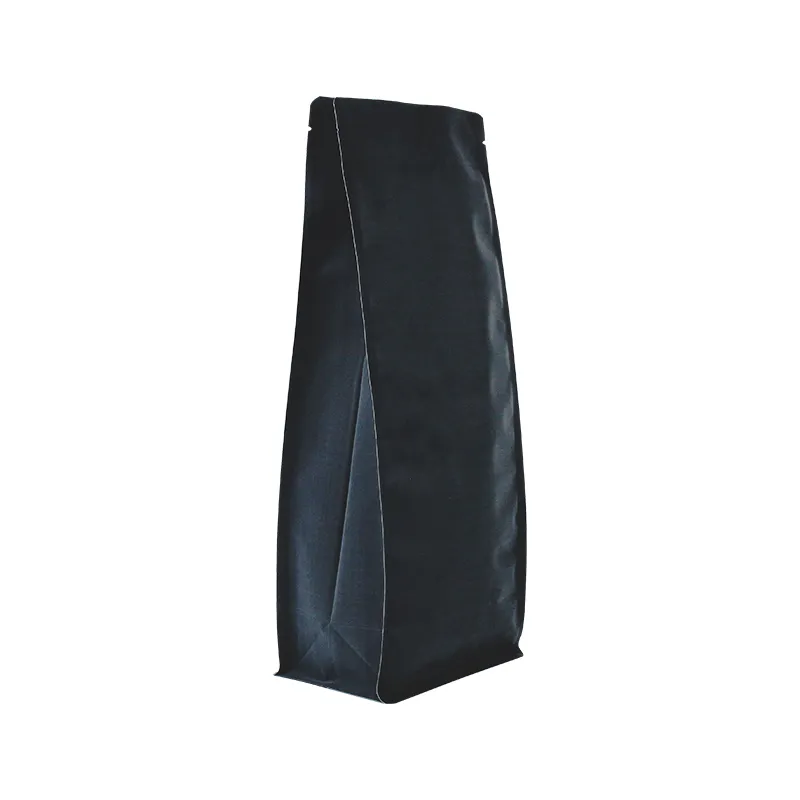- Afrikaans
- Albanian
- Amharic
- Arabic
- Armenian
- Azerbaijani
- Basque
- Belarusian
- Bengali
- Bosnian
- Bulgarian
- Catalan
- Cebuano
- chinese_simplified
- chinese_traditional
- Corsican
- Croatian
- Czech
- Danish
- Dutch
- English
- Esperanto
- Estonian
- Finnish
- French
- Frisian
- Galician
- Georgian
- German
- Greek
- Gujarati
- haitian_creole
- hausa
- hawaiian
- Hebrew
- Hindi
- Miao
- Hungarian
- Icelandic
- igbo
- Indonesian
- irish
- Italian
- Japanese
- Javanese
- Kannada
- kazakh
- Khmer
- Rwandese
- Korean
- Kurdish
- Kyrgyz
- Lao
- Latin
- Latvian
- Lithuanian
- Luxembourgish
- Macedonian
- Malgashi
- Malay
- Malayalam
- Maltese
- Maori
- Marathi
- Mongolian
- Myanmar
- Nepali
- Norwegian
- Norwegian
- Occitan
- Pashto
- Persian
- Polish
- Portuguese
- Punjabi
- Romanian
- Russian
- Samoan
- scottish-gaelic
- Serbian
- Sesotho
- Shona
- Sindhi
- Sinhala
- Slovak
- Slovenian
- Somali
- Spanish
- Sundanese
- Swahili
- Swedish
- Tagalog
- Tajik
- Tamil
- Tatar
- Telugu
- Thai
- Turkish
- Turkmen
- Ukrainian
- Urdu
- Uighur
- Uzbek
- Vietnamese
- Welsh
- Bantu
- Yiddish
- Yoruba
- Zulu
Which Comes First in Measurement Length or Width?
What Comes First Length or Width?
When it comes to defining the dimensions of an object, whether in mathematics, architecture, art, or everyday life, a common question arises what comes first, length or width? This question may seem trivial at first glance, but it opens the door to deeper discussions about perception, measurement, and the conventions we use in different contexts.
To answer the question theoretically, we need to define what we mean by length and width. Length is generally considered the longest dimension of an object, while width refers to the shorter dimension. In a rectangular object, length is typically aligned horizontally (the side you’d likely measure first), and width is aligned vertically. However, this perception can change based on the orientation of the object, the context of its use, and even cultural norms.
What Comes First Length or Width?
Yet, this established norm does not apply universally. In fields such as graphic design or digital imaging, the conventions might differ. Designers often emphasize width first, especially when dealing with screen sizes or images, where “width x height” terminology prevails. The pixel dimensions of an image may be specified as 1920x1080 (width by height) because it reflects the layout of screen displays, where the horizontal measurement is crucial for fitting content properly.
what is first length or width

Moreover, the perception of length and width becomes fascinating when we consider cultural contexts. For example, in some cultures, vertical measurements might hold more significance than their horizontal counterparts. In certain Eastern philosophies, height symbolizes aspiration or status; hence, one's focus might instinctively gravitate towards height first, which leads to a different interpretation of length. These cultural perspectives provide a rich tape of how different societies define and prioritize dimensions.
From a mathematical standpoint, the importance of length and width often hinges on the context of their application. In geometry, both dimensions are critical in calculating area, perimeter, and other properties. For a rectangle, the formula for area is Length x Width. Mathematically, neither dimension holds precedence; both are equally important in performing calculations. The relationship between length and width is reciprocal, emphasizing their interdependency rather than a hierarchical structure.
In everyday life, this discussion can manifest in practical scenarios. Consider cooking recipes that require specific measurements. A recipe may call for “1 x 2 inches” in the context of cutting vegetables or measuring baking pans. Here, the order sometimes depends on what the cook is familiar with or what makes most sense practically.
Ultimately, the question of what comes first—length or width—reflects not only our measurement practices but also our perceptions and cultural influences. The dynamics of context play a crucial role in determining which dimension takes precedence, be it in artistic endeavors, scientific endeavors, or practical everyday usage. Recognizing this flexibility allows us to appreciate the rich tapestry of human thought and perception surrounding simple concepts like length and width.
In conclusion, while we can often default to assuming that length precedes width in measurement, context is everything. Whether it's in construction, design, or cultural practices, each discipline has standards that might lead to different interpretations. The next time you encounter dimensions, take a moment to reflect on what each term signifies, the conventions at play, and how these dimensions influence not just measurements but our understanding of the world around us.













